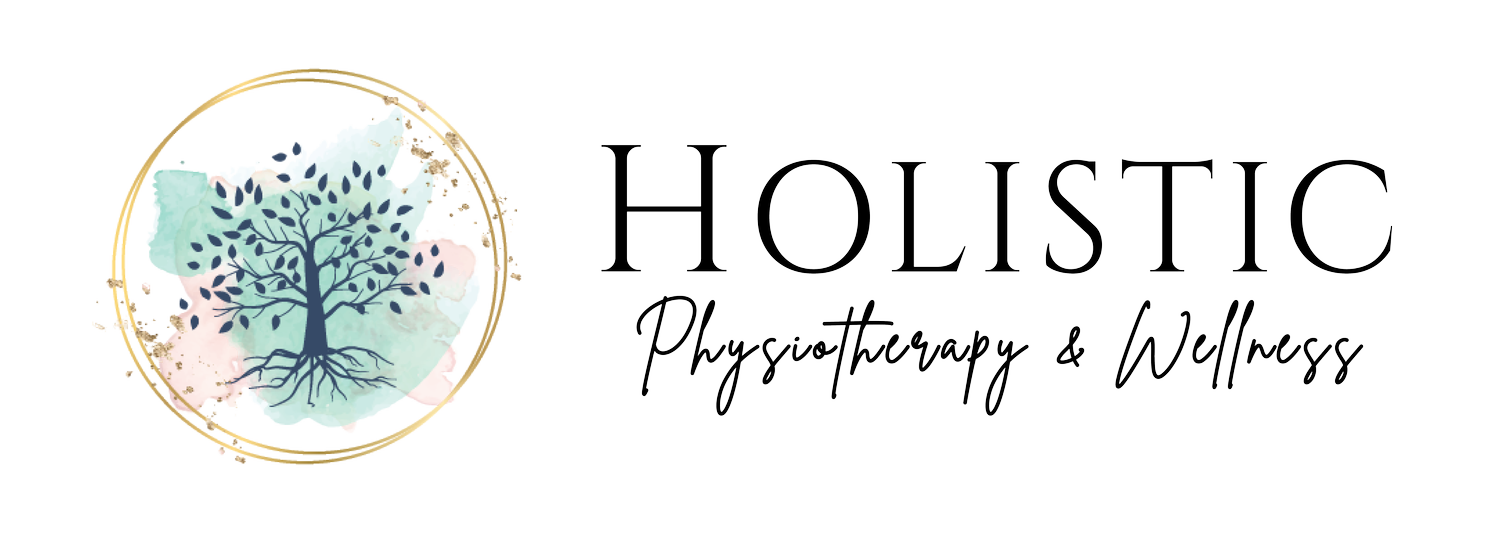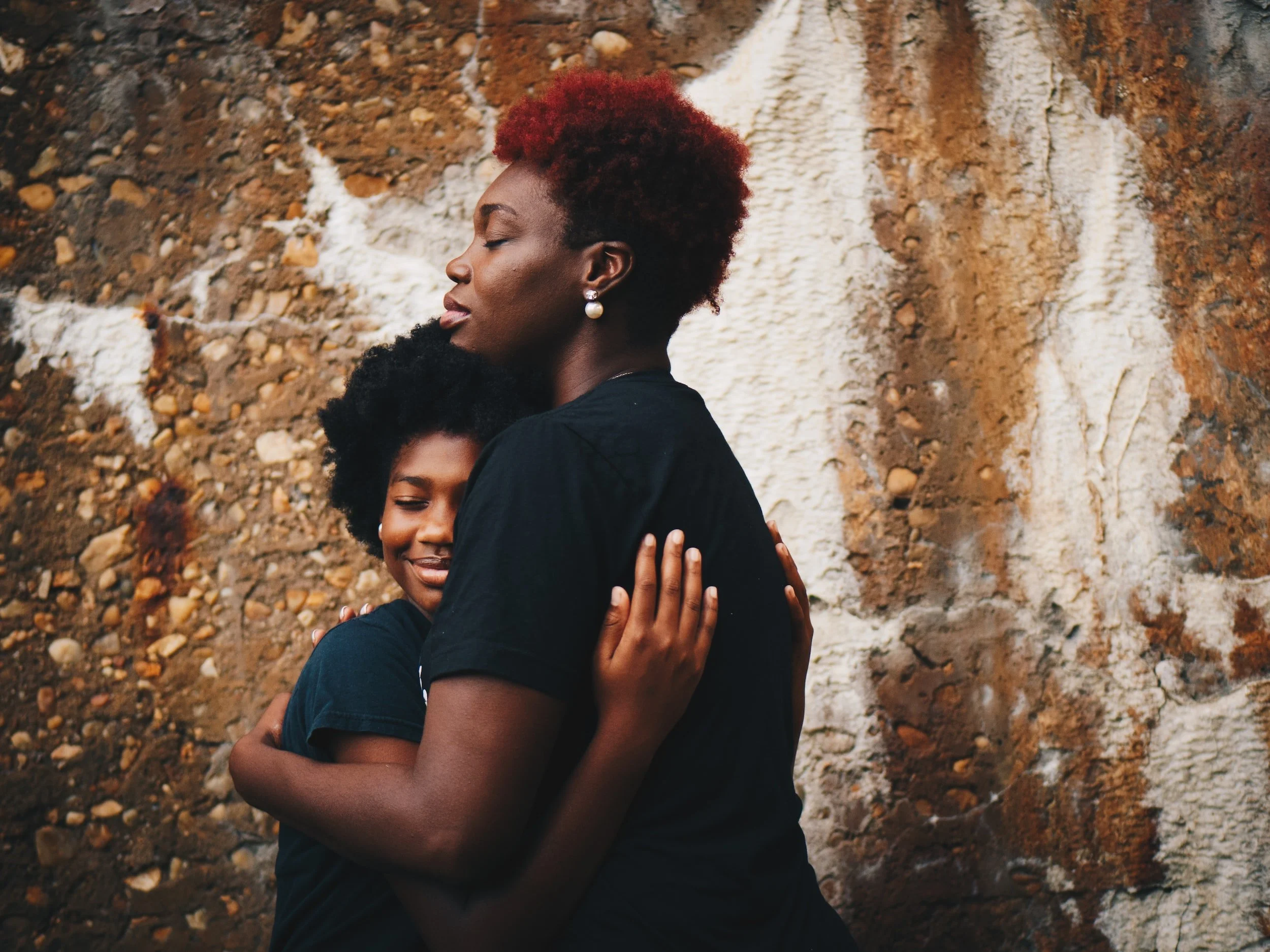Complete The Stress Cycle
Written By Kim Deschamps | October 10, 2022
Your body speaks a different language than you do. Your body responds to a stressful situation through a flight or fight response, which is essentially a quick release of hormones. Your body completes the stress cycle by – literally – working it out. Run, bike, swim, or dance. Any kind of physical activity that makes you move and deepens your breathing will signal to your brain that the threat has passed. Try it for 20-60 minutes a day, every day if possible. After all, most humans experience stress on a daily basis.
IF YOU REMEMBER NOTHING ELSE, PLEASE REMEMBER THIS: PHYSICAL ACTIVITY IS THE SINGLE MOST EFFICIENT STRATEGY FOR COMPLETING THE STRESS RESPONSE CYCLE.
Yes, it is 100% the most effective, but it is certainly not the only. If exercise is unavailable to you, try one of these six strategies instead to work through your emotions and get to the other side.
Breathing:
Slow, deep, and focused breathing can settle your emotions from minor stress or reduce a high level of stress long enough to get you through a nasty situation, after which you can address it properly. Breathe in for five seconds, hold for five seconds, exhale for 10, and pause for 5.
Positive Social Interaction:
Just engaging with a friendly stranger with a smile and a hello can be enough to signal safety to your body’s stress response. A polite, casual chat with a neighbor or the waitstaff at a café can give you a boost of wellbeing.
Laughter:
Genuine and authentic laughter helps us form and maintain social bonds while regulating emotions. Don’t hold it in. When you find something funny, let the laughter out.
Affection:
Connecting on a deeper level with someone you love has an immediate healing response. You don’t need a stop-watch, but research suggests that to be most effective, a warm, tight hug takes 20 seconds, and a long kiss with an intimate partner works best at 6 full seconds. There’s nothing better than a warm hug in a safe and healthy environment and hugging long enough to feel each other relax.
Cry It Out:
It won’t change what happened, but it is so very important to allow yourself the opportunity to let the emotions come out through your tears. Pay attention to your physical reaction to crying and how it differs from the thoughts that are making you cry. Allow your body to move through the sorrow and feel every emotion, all the way to the end. We can get stuck in the emotional tunnel if we hold back our tears, but the act of crying moves us through the stress cycle.
Creative Expression:
Write, paint, knit, bake, or sing along to sad songs on the radio. Art and all kinds of creation were simply made for a therapeutic physical response to stress.
A final note – we were not all made the same. What works for me might not work for you, and what works for you will be different than what works for your children, spouse, or friends.
The most important thing is that you start to recognize that shift in your body and in your physiological response that you have made it through the stress response cycle (whoo-hoo!) If you can, try to make a mental note of what activities or tactics got you there so you can replicate them the next time life throws you a curveball.


